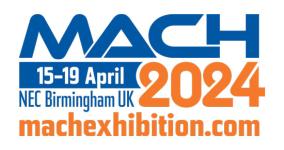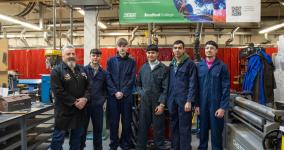Solutions for every use

Welding in a nutshell
Arc welding is the most common method. The energy is brought through an electric arc (and currents up to several hundred amperes).
This process requires the use of a gas
- Usually an argon-based mixture
- To protect the liquid bath from ambient air. The devices can be adapted to increase productivity in automatic or robotic welding.
Whether active or inert, welding gas is always indispensable in arc welding processes. It provides localized protection of the weld essential to achieve the mechanical properties of the joints and it allows to optimize the speed and/or the quality of welding, depending on the project. The choice of gas mixture used is therefore far from trivial!
Under the term “gas flow arc welding”, several different types of processes are hidden. Each has its own characteristics… and requires specific welding gases!

Gases adapted to each welding situation
- Arc welding: There are different processes, which all use the same physical principle: the rise in temperature created by an electric arc. Each process has its own strenegths: productivity, quality, flexibility according to needs.
- TIG welding: TIG welding is an arc welding process that uses a non-fusible tungsten electrode (hence the name Tungsten Inert Gas). TIG welding creates an electric arc between the electrode (built into the torch) and the work piece, protected by an inert gas. For example, TIG is used in orbital welding of pipes.

- MIG and MAG welding: MIG stands for Metal Inert Gas and MAG for Metal Active Gas. The two processes differ in that in MIG welding the gas is inert (and thus does not react with the molten metal) while in MAG welding it is active. MIG/MAG welding is a so-called semi-automatic process: the fusion of the metal of the part to be welded is obtained by an electric arc that is created between a welding wire and the parts to be assembled. This fusible electrode welding wire therefore also serves as filler metal. Usually solid wires are used, but flux-colored wires are also available. MIG/MAG welding machines are supplied with a wire feed system to control the wire feed speed during welding.
The electricity for the torch is fed to the wire through a copper contact tube. Recent MIG/MAG welding generators contain electronic systems for controlling the parameters and allow simplified operation. In practice, with a simple trigger on the torch, you can call up programs to adapt to different positions, e.g. flat, vertically up, etc.

Our experience at your service
Thanks to its long experience in the metal fabrication industry, Air Liquide has developed specialized gases and services for different types of applications (welding, cutting, and heating).
Our services, equipment and gases ARCAL™ (TIG, MIG, MAG and Plasma arc welding) and LASAL™ (laser welding-cutting), developed by our experts, meet the most demanding needs of the manufacturing industry metallic.













